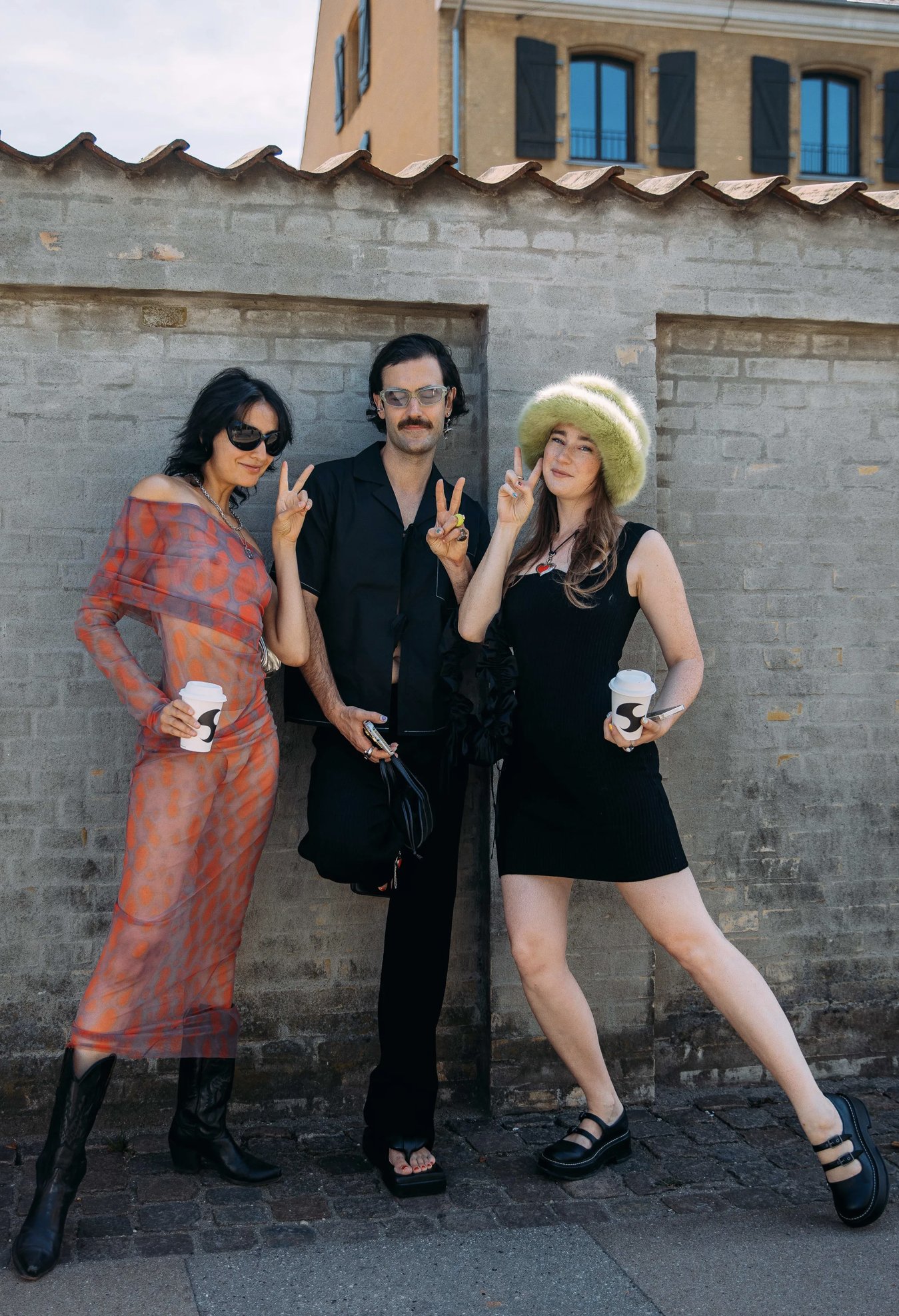Copenhagen’s New Fashion Week Standards
Fashion week is literally just around the corner and Copenhagen has kicked off the event where fashionistas filled the bike lanes with their enviable outfits.
Courtesy of Vogue
The Danish capital’s minimalistic, practical and functional style has become the ultimate fashion inspiration of the moment. Vogue has even created a term to describe it, “Copencore”, with Danish fashion influencers like Josefne HJ the aesthetic has made its way to the mainstream becoming a huge trend.
Courtesy of @josefinehj
It is not a secret that the fashion industry is responsible for more than 10% of carbon emissions, water scarcity and pollution. The 2020 pandemic forced people and fashion insiders to do things differently. A sense of empathy toward the world and the environment, and the fact that we couldn't operate normally, pushed creatives to present their collection in non-traditional ways, like virtual fashion shows. All pointing to a promising future where fashion rethinks its relationship to the planet. A possible light at the end of the tunnel that shortly became dim, as people turned to e-commerce quickly boosting online sales by over 100% increase. Also companies having to emerge from the devastations that the pandemic brought economic wise, they left sustainability and even quality behind in order to male more sales. But not all is lost as many did change their consumerism behaviors opting for more environmentally conscious pieces of clothing and we saw a great number of small businesses rise.
Courtesy of WhoWhatwear
Change is not a one way street and this fashion week Copenhagen has made a substantial change that should be imitated by every other city. In Paris, in order to participate one must meet the high standards of haute couture while in Denmark one must abide by the sustainability standards. Brands that wish to participate need to cover the minimum standards that show their sustainability efforts. The Sustainability Action Plan requires brands to respect human rights, to have a diverse staff, to not destroy unsold clothes, create valuable pieces and inform n its longevity, find second life for samples, more than 50% of a collection needs to be made out of recycled materials, be fur-free, have safe working environments and to not utilize single-use plastic packaging. All this is being set in motion with the goal of having next year's presentation with zero waste.
This week cult favorites Gann and Stine Goya debuted their newest collections.
Courtesy of Stine Goya
In 2006 Stine Goya launched her label along the lines of Scandinavian design which follow a minimalistic design and muted palette. All her collections have a foundation of flattering cuts, simple fabrics, quality and hand-drawn prints. As part of the Scandinavian responsible brands, Stine Goya strives to be honest and transparent by ensuring a strategy that looks out for the welfare of workers and the planet. The label focuses their efforts in sustainability around these five goals; responsable fabrics, plastic waste, circularity, supply chain transparency and diversity. Their main goal is to have their collections be made out of 90% sustainable or recycled materials by 2025.
Their “Whisper Loud” collection presented this week was inspired by the Riot GRRRL Movement, an underground feminist ink movement, whom fought female gender normas in the 1990’s. Bright colors and floral patterns highlighted the oversized silhouettes which alluded to a very sophisticated yet relaxed aesthetic. The perfect mixture between Balenciaga-coolness and femme vibes.
Courtesy of Stine Goya
Ganni is without a doubt Scandinavia’s fan favorite and one of the most exciting brands from the last decade. A brand that has been making its way into fashion since nine years ago.today, every influencer and fashion girl is wearing it.
Courtesy of Ganni
“For me, the Ganni girl is a state of mind. She is a girl who is confident in her own skin and is relaxed about fashion. She’s not trying too hard, and that is very obvious. You can really feel that when you see her – it’s an easy approach to fashion and that is very attractive.” -Ditte, Ganni founder
A brand that has gained enormous popularity, it is in the top 5 best selling brands in Net-a-Porter, over the years and more recently as the Scandinavian-chic aesthetic continues to grow.
Ganni is committed to minimizing their environmental impact as it is their obligation, no excuses. They have even appointed an external responsibility board to oversee their performance. As Stine Goya, Ganni has created an environment of inclusion where ver 70% of management and creative positions are held by women. In 2020, Ganni launched their Responsibility Game Plan which is made up of 44 goals compromising people, planet and prosperity all of which they hope to achieve by 2023.
Ganni’s Copenhagen runway was a denim rainbow frenzy, as models walked down the runway in what appeared to be a colorful scene of hues ranging from blue all the way to pink and black. The collection's name did not disappoint as it was a literal Joy Ride to watch.
Copenhagen’s progressive and responsible take on fashion proves that the true cost of fashion can be reduced and it is up to us to take on this initiative.















